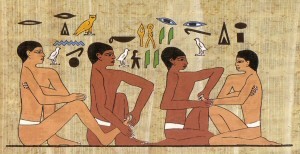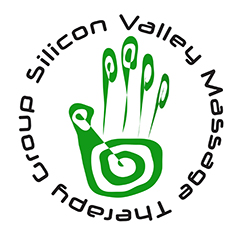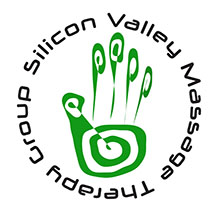 It is widely recognized that ancient Egyptians were among the first to study and categorize essential oils. They created oils, incense and perfumes and often had others apply the oils for therapeutic purposes. Welcome to massage.
It is widely recognized that ancient Egyptians were among the first to study and categorize essential oils. They created oils, incense and perfumes and often had others apply the oils for therapeutic purposes. Welcome to massage.
While the earliest definitive references to massage come from China about 5000 BCE, references to medical “healing” through massage began to show up around 3000 BCE in wall paintings and carvings.
One of the earliest references to any kind of massage was found in the adornments of the tomb of Ptahhotep. Ptahhotep (25th century BCE, 5th dynasty) was a vizier, a top official serving the pharaoh. Both vizier and the pharaoh were depicted receiving a manicure, pedicure and having his legs massaged with oils by a servant. Many believe this to be an early positive record of reflexology.
Throughout the dynasties that followed, many depictions found on temple walls show foot massage, and scenes of the preparation of essential oils. Occasionally, a detail reference to massage as in those found in medical papyrus (dated to reign of Amenhotep III, 12th dynasty).
In later times, therapeutic massage appeared to become more common among soldiers. Depictions of the battle of Kadesh show soldiers of Ramesses II receiving massage after a long march, for example.
Ancient Egyptian massage likely wasn’t the same as today’s therapeutic massage, although many of the elements have been incorporated. Egyptian massage, at least in the earliest form, focused on energy pathways (KA) and was all about correcting imbalances in blockages and restoring energy flow. This is similar to reflexology and many other eastern modalities of massage.
Practitioners of ancient Egyptian massage still exist today and elements of this type of massage are taught in many massage therapy programs.










